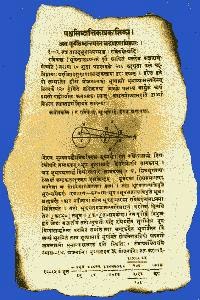Aussies' formidable batting line up, displayed its wonders today, as they amassed 376 off the hapless Sri Lankans. A blistering 102 off 53 balls by Maxwell and half centuries by Clarke, Smith and Watson saw them amass 376, pushing the match away from SL.
Despite Sanga's spirited 100 ( his third consecutive 100 ), SL could not make it. Dilshan's 62 and Chandimal's 62 went in vain !
A great match, with both sides scoring over 300 and the better side winning !










